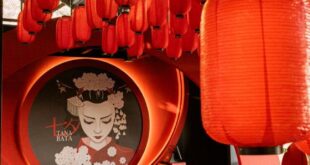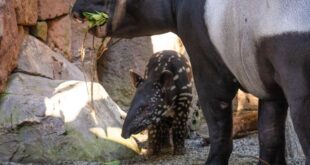Anita Delgado, dressed in a maharani outfit with rich fabrics around her head and body is a painting that will always be fresh in our minds. This is how she was portrayed by Federico Beltrán Masés in Paris in 1919 in a famous painting that is part of the Malaga Museum collection, found in the La Aduana building. Anita was an accomplished dancer before she married the maharajah Kapurthala. She is a Malaga native, deeply rooted into the flamenco tradition of her hometown, which has always been close to her.
Anita Delgado gifted one of her Chinese shawls to the mother of Encarnacion Perraut, owner of an amazing collection of shawls that is now on display in La Aduana. It was gifted to the mother of Encarnación Perraut, owner of an amazing collection of shawls that is now on display in La Aduana.
The museum of the Junta de Andalucía travels back in time to the first third of the 19th century to retrace the history of one of the most popular items of women’s clothing in Spain and Latin America. The layout of the exhibition places pieces within their historical context with paintings and furniture from that time. The museum exhibits a selection of 41 shawls and other items from the Perraut collection, on loan from Encarnación Perraut and her son Jesús Burgos Perraut.
Portrait of La Paula wearing her signature shawl
Ñito Salas
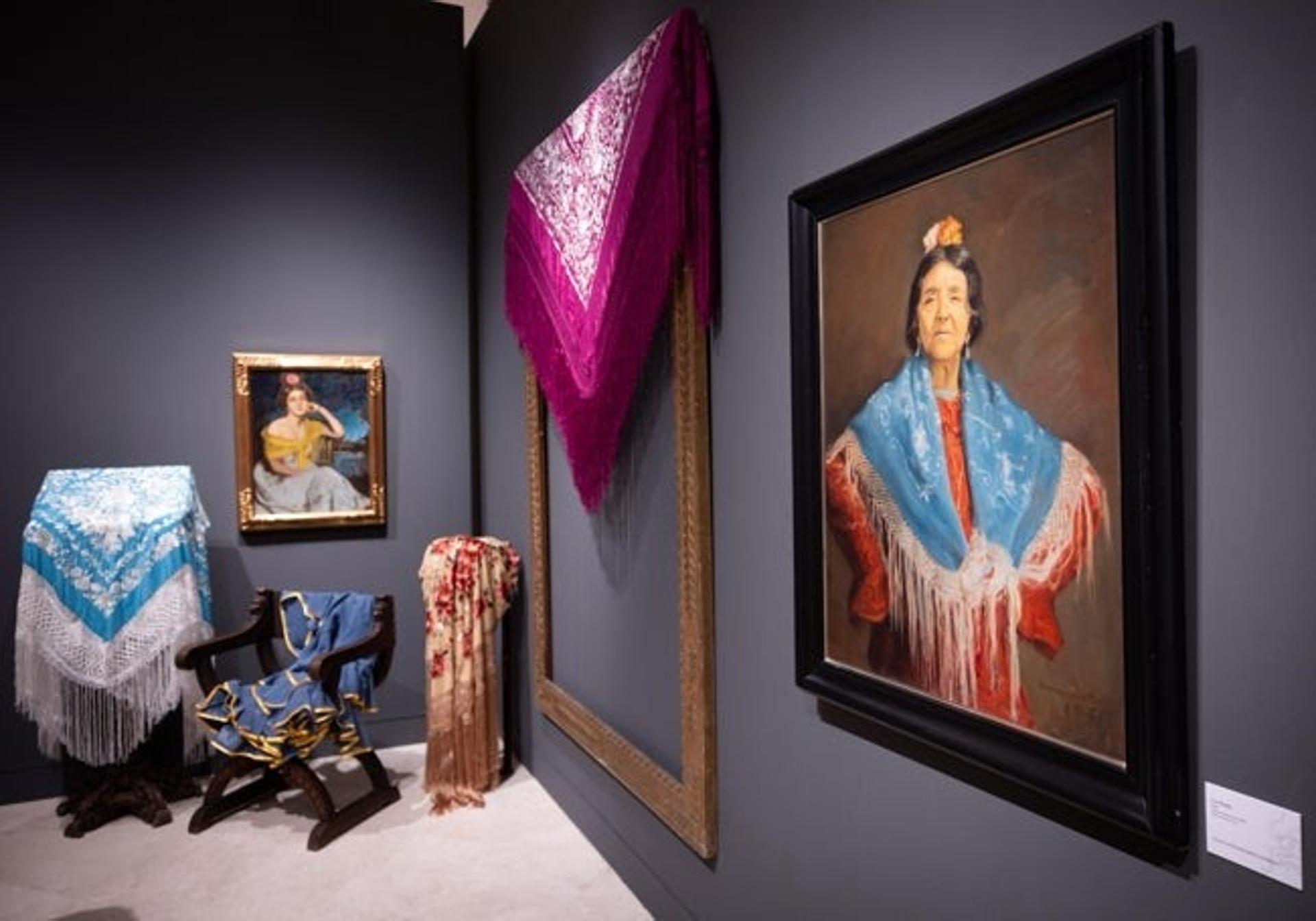
El Mantón de Manila: Colección Perraut, curated by Dolores Vargas, provides an insight into the history, embroidery techniques, designs and iconography of these scarves that form part of the Spanish consciousness. These silk-embroidered garments originated in the Chinese region of Canton. Named after the Philippine capital, it is not the origin of these silk-embroidered garments, but rather the place where they were distributed.
This exhibition features a variety of shawls. Fly-wing shawls are the originals. They’re made of fine silk in a brownish black color. Later, the chinoiserie ones proliferated, full of traditional Chinese scenes, with fringes taken from the same fabric and macramé. Later, in the last third of the century, came Elizabethan shawls and pieces enriched with appliqués of Chinese faces in ivory, mother-of-pearl, porcelain or silver.
Hispanics, and Spanish
In order to avoid paying the high prices for Chinese garments, the collection includes Hispanic shawls that are made in Lima. Chile or Panama. The shawls were never as large and had huge flowers embroided on thick silk. They were surrounded by exaggerated lace fringes. The Chinese shawls were the most popular in Spain, despite their popularity in South America.
Some were embroidered in Spain to reflect the national taste and customs. Spanish folklore adopted the shawl to become an integral part of clothing. This evolved into the small shawls worn with flamenco dresses, like the one worn by La Paula, in Antonio Montiel’s portrait of her (1964). They were also worn as part of the traditional working-class dress in Madrid by the chulapas and they became part of the regional dresses in Extremadura and Castile.
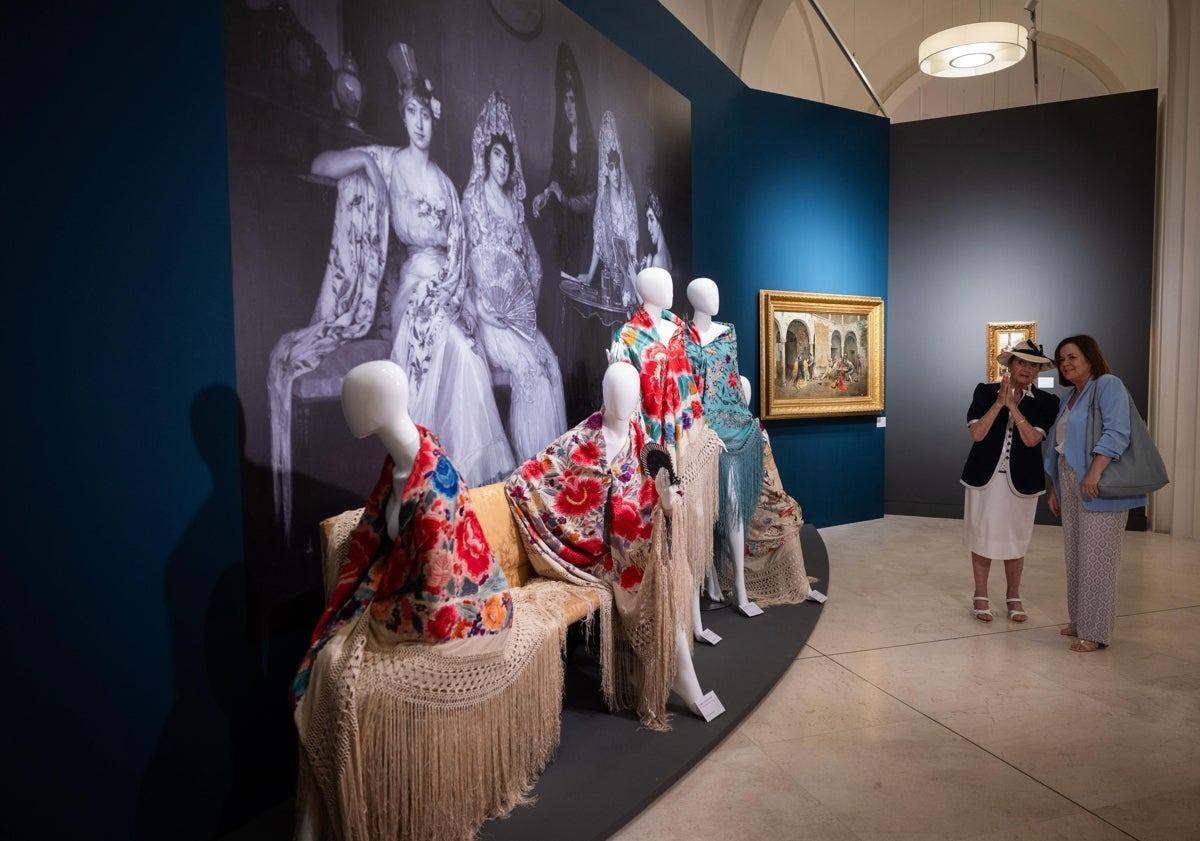
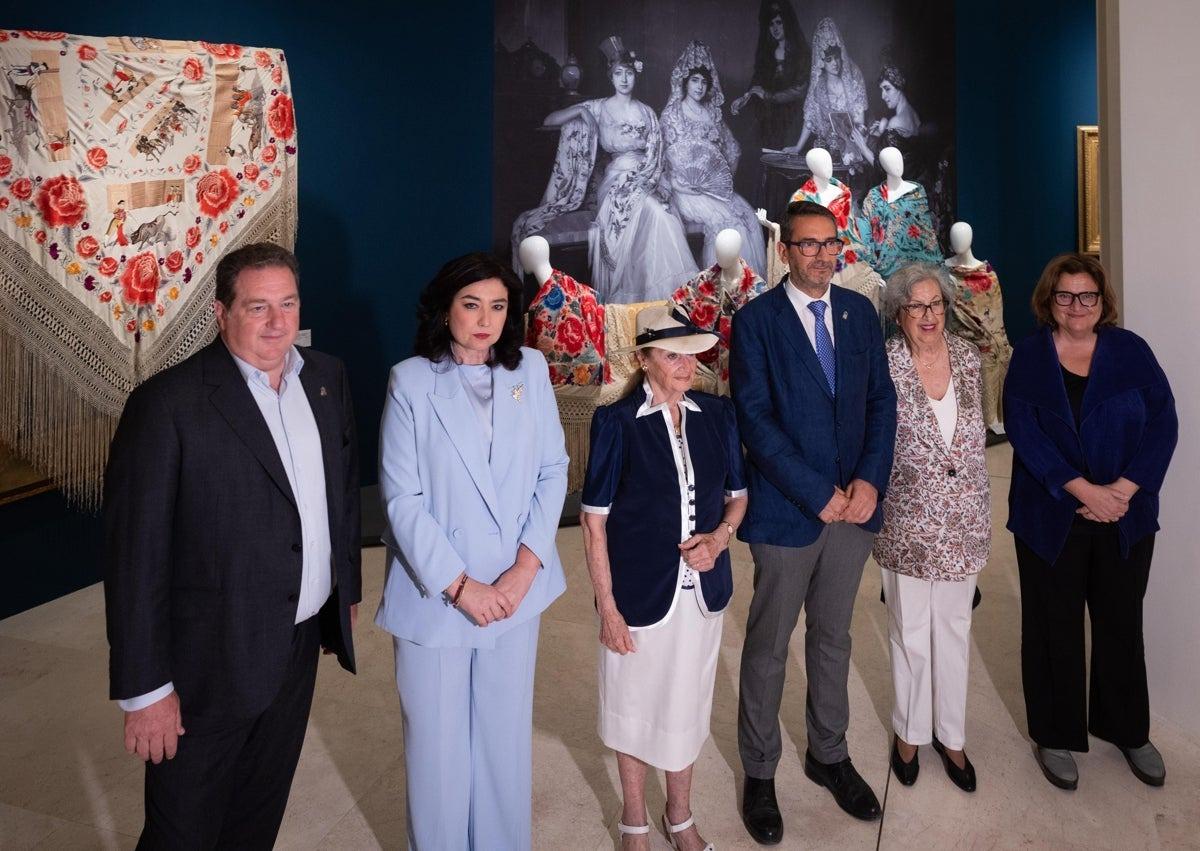
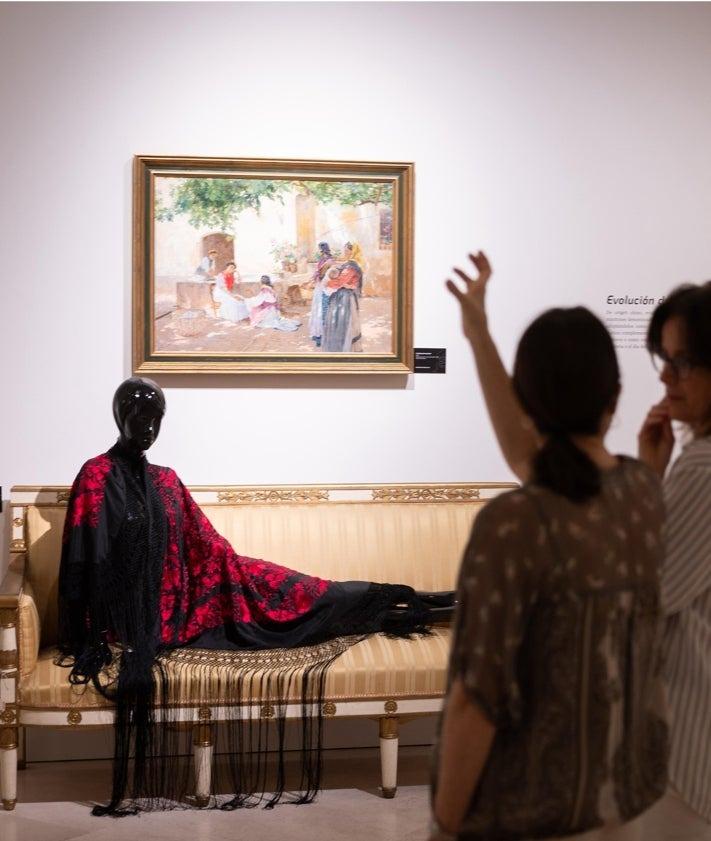
The exhibition includes a variety of objects and furniture from the Perraut Collection, including some that are related to packaging and transportation. There is, for example, a suitcase with three original boxes that were used to transport the shawls in the 19th century. Also included are a lacquered wood screen from the 20th Century; a multi-colored porcelain vase and different pieces of jewelry.
The Malaga Museum also contributes historical furniture from its collections and paintings such as the one of Anita Delgado; Después de la Corrida by Denis Belgrano (1885- 1890); Gitana by Gonzalo Bilbao (c. 1900); La Buenaventura by Enrique Simonet (1915); the terracotta Bailaora (anonymous, 20th century); and the sculpture Pequeña Madre by F. González Macías (1961).
The exhibition, part of an initiative to highlight and revisit Andalusian heritage, will be open until the 20th July, during normal museum opening hours. These are Tuesday through Saturday from 9am-9pm; Sundays, public holidays and other days off from 9am-3pm.
 Costa News Spain Breaking News | English News in Spain.
Costa News Spain Breaking News | English News in Spain.



